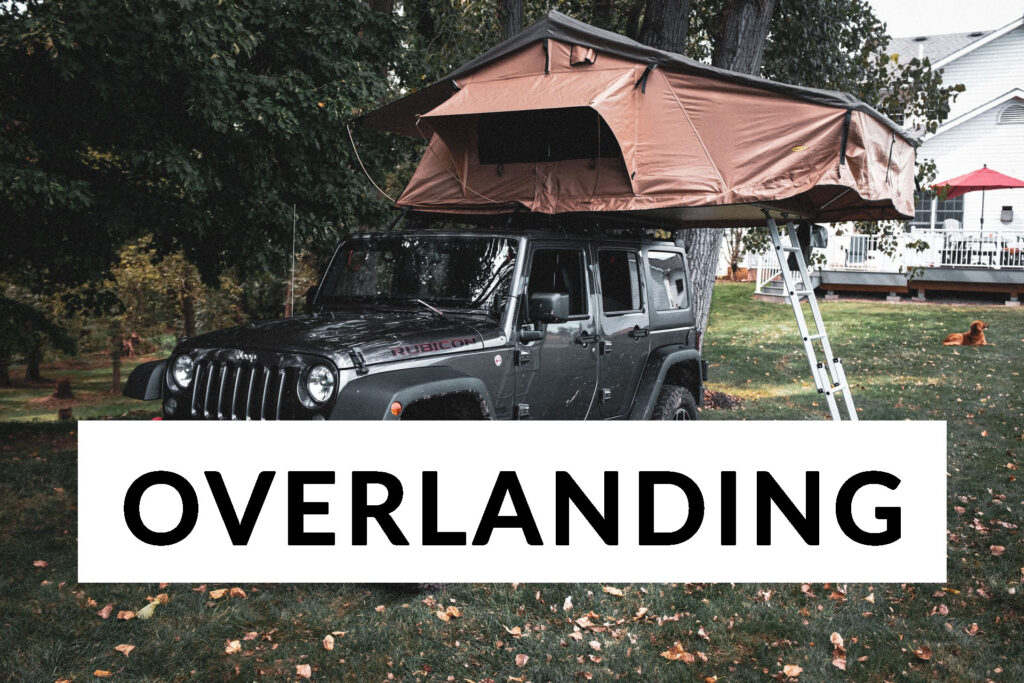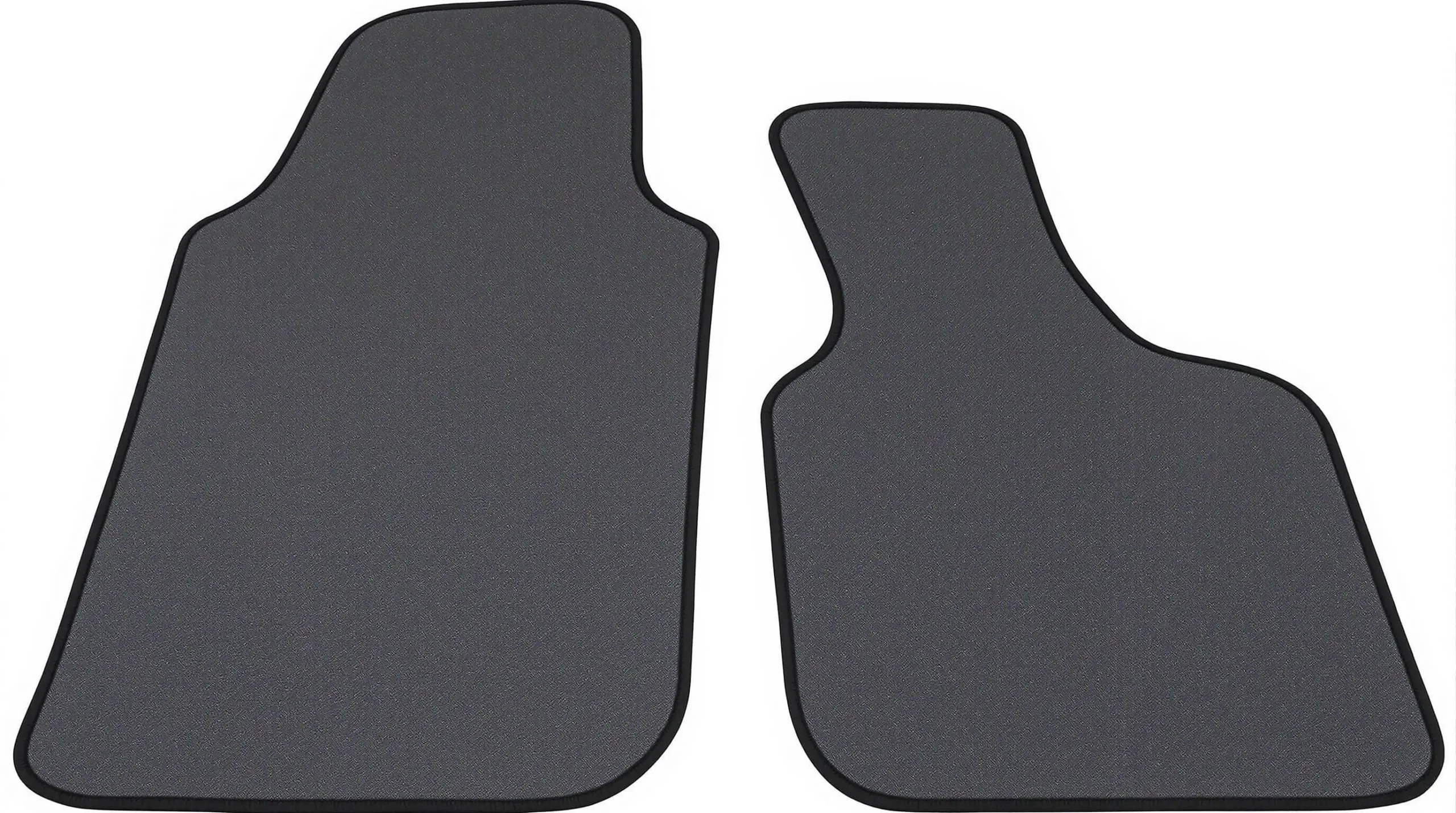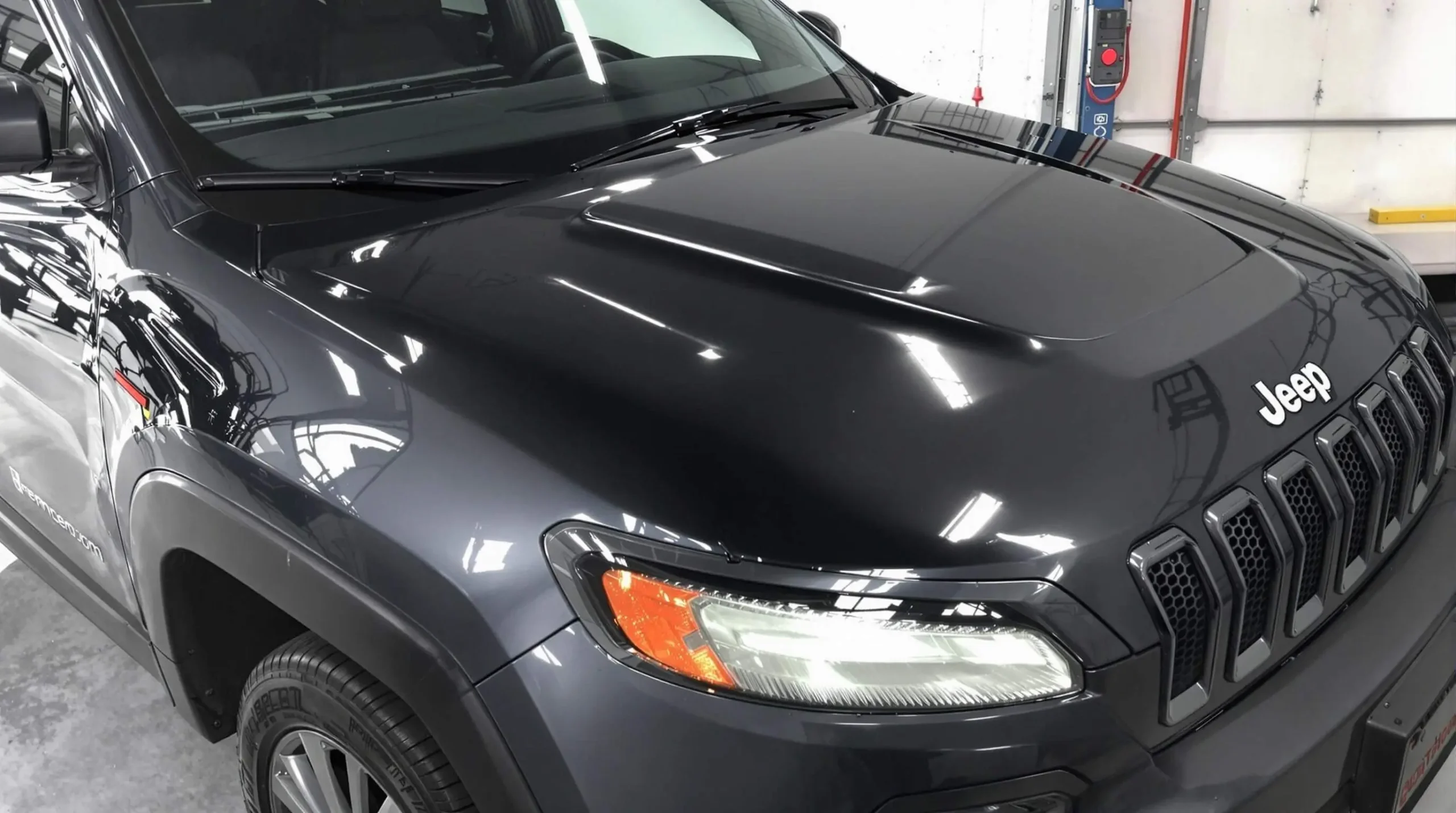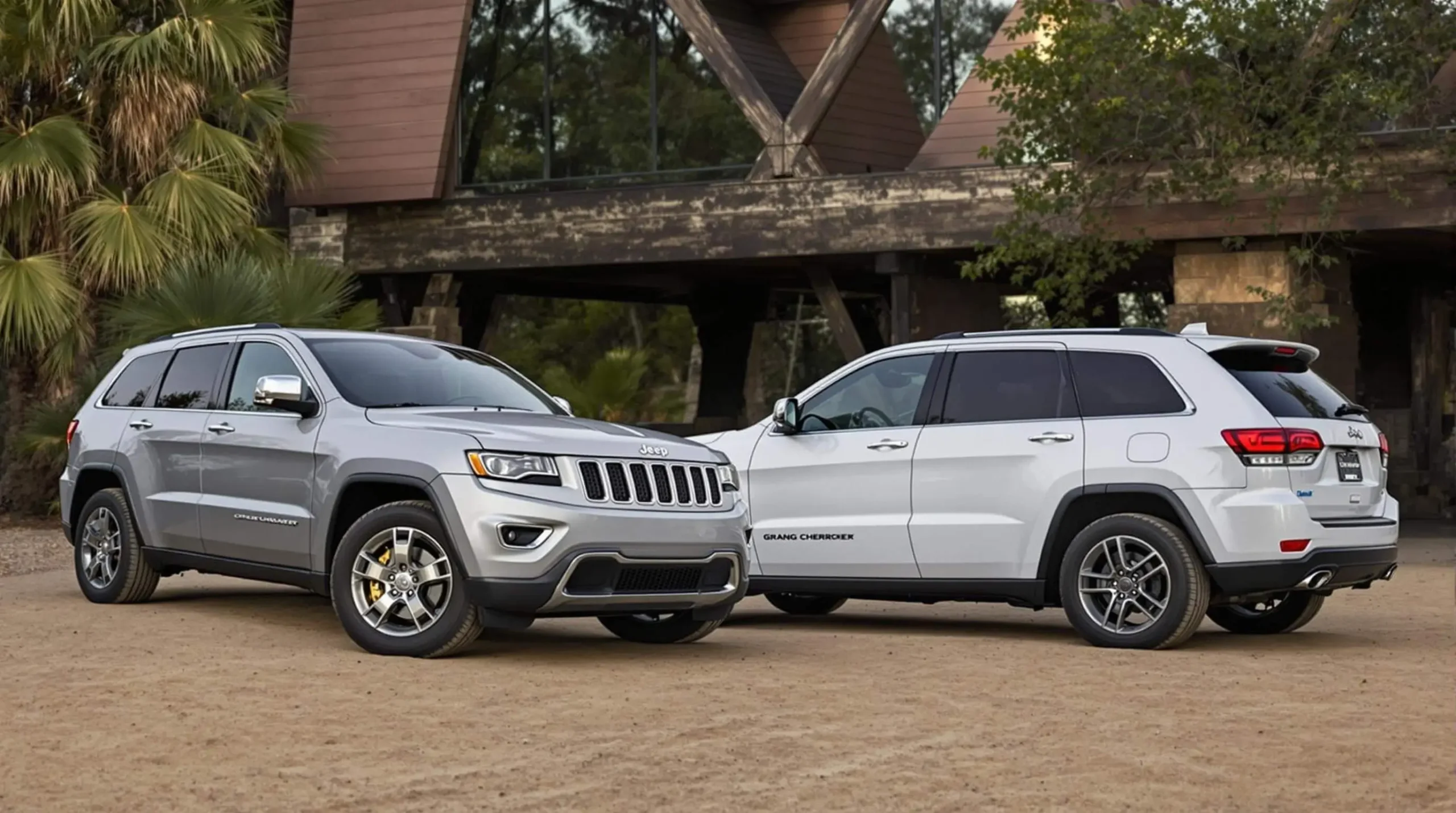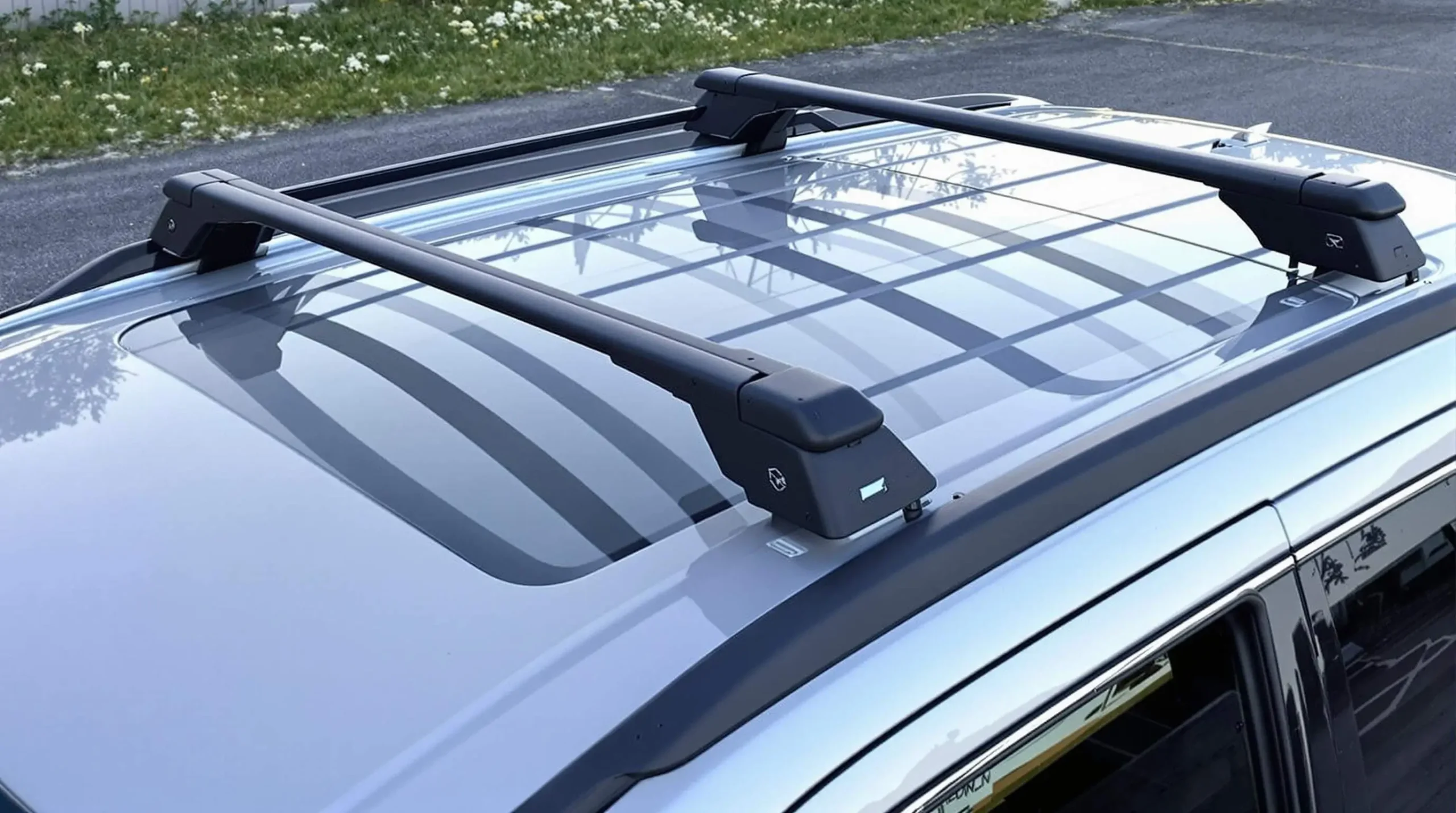Overlanding – A Guide To The Ultimate Adventure
Overlanding is a legendary camping and adventure travel tradition that has been around for centuries. It’s a way of experiencing the open road in a unique way, by traveling over long distances in your own Jeep vehicle or your motorcycle. Whether you’re looking to go camping and explore remote areas or just take a trip on the open road, It can be an extraordinarily enriching experience. In this blog, we’ll be discussing the history of Overlanding, what it means, and what you need to get started. We’ll also highlight some of the benefits of Overlanding and discuss some of the key considerations you’ll need to make if you’re considering embarking on this adventurous journey.
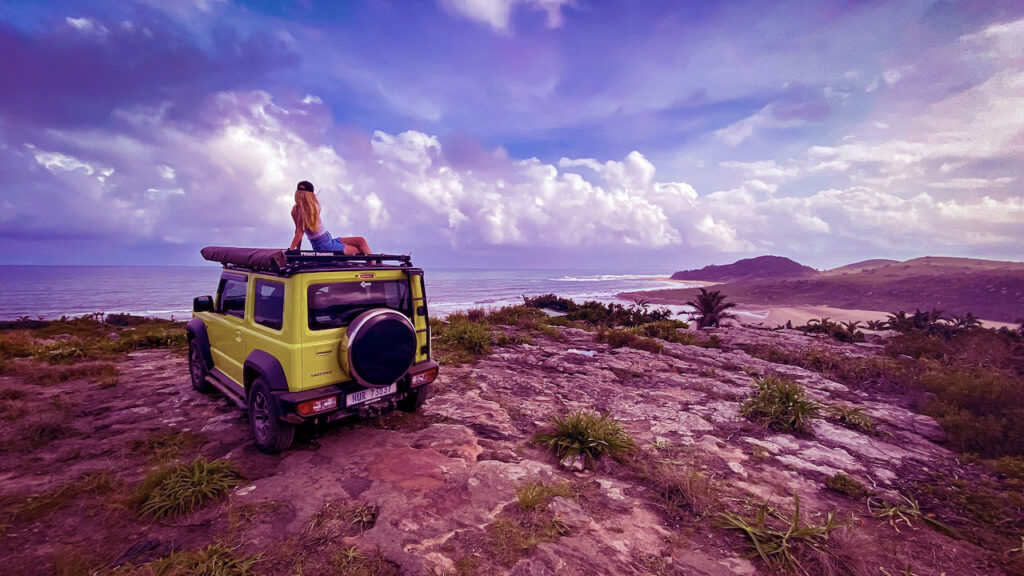
What is Overlanding?
It is a term used to describe off-road driving or camping trips. It can be done in a recreational vehicle, such as a camper van, or in a car that has been modified for off-road travel, such as a Jeep. Overlanding trips can last for days, weeks, or even months. The goal is to see as much of the landscape as possible while camping and driving on rough roads. It can also involve crossing borders or driving through national parks. It is a great way to see the countryside, but it can be quite difficult, and even dangerous at times, as a result of the rough roads, unpredictable weather, and busy highways.
The History of Overlanding
An overland journey is one that crosses a landmass, typically traversing many miles and taking weeks or months to complete. The history of Overlanding is as varied as the routes themselves, with people traveling, by all means, possible – on foot, on horseback, on a bicycle, on automobiles, and even on boats. What binds these journeys together is the sense of adventure and discovery they offer, along with the challenge of making one’s way through an unfamiliar landscape.
The origins of overland travel date back to prehistoric times, when early humans migrated across continents in search of new lands to inhabit. One of the most famous early examples is the journey made by Mongol conqueror Genghis Khan in the 12th century, who traveled from his homeland in Central Asia to establish the largest empire the world has ever known. In the Middle Ages, overland travel became more common when caravans of merchants began to travel the Silk Road. The Germanic tribes of the Migration Period also used routes across a variety of land masses to conquer and settle new territory.
The rise of vehicles in the 19th century made it easier and more convenient to transport goods across long distances. The first vehicles allowed people to move from one place to another without having to carry heavy loads, and they enabled farmers to reach markets with their produce. In the early 20th century, the automobile was quickly adopted in many parts of the world. In North America and Europe, it was popularized by the car industry. The introduction of motorways in Europe in the 1960s enabled long-distance travel with lower cost and greater convenience. In the second half of the 20th century, personal transportation shifted from a reliance on privately owned vehicles to a demand for mass transit systems.
What does it mean to go Overlanding?
There’s no one-size-fits-all answer to the question of what it means to go Overlanding. Every overlander has its own unique reasons, experiences, and goals. Before you make any decisions, take your time and think about everything from the type of Overlanding you are interested into the different factors that go into planning a weekend trip. Once you have a solid idea of what you’re looking for, it’s time to start planning! It can be done in a variety of ways, from driving to hiking and camping. The possibilities are endless, so find the mode of Overlanding that best suits your needs and interests.
It often involves taking lightly controlled risks in order to take advantage of unforeseen opportunities. The gear and techniques needed are easily acquired over time, but there is a learning curve! It can be dangerous if not properly planned out.
What is the difference between off-roading and Overlanding?
Off-roading and Overlanding share some similarities, but there are also key differences that should be considered when deciding which type of Overlanding is best for you. Off-road driving typically focuses on exploring the terrain in a Jeep or 4×4, while Overlanding generally means traversing extensive open areas without any obstacles between you and the landscape. Overlanders may use trails or paths as well as unimproved roads and highways.
On-roading can focus on safely exploring a specific place, while Overlanding usually involves touring the world or traveling across the country. Similar to off-roading, It is also based on the vehicle’s ability to travel off-road. It can include both a jeep or 4×4 and an ATV or motorcycle as well as travel by foot, horseback, bike, or all of these things at once!
The enthusiasts often argue over which type is better, while one might be more capable in certain scenarios than another it ultimately comes down to what type of Overlanding you are looking for. They can enjoy the freedom and adventure associated with off-roading but may want a softer start to their travel experience. Overlanders often come prepared such that they don’t need to rely on an accessible vehicle or outside assistance; this might sometimes take longer than off-road driving/skiing trips, but it also allows overlanders to explore places unfazed by impromptu camping situations.
What are the benefits of Overlanding?
As Overlanding refers to an off-road recreational activity that combines aspects of camping., hiking, and 4×4 driving. It can be done in a variety of ways, but the most common is to load up a vehicle with small accessories, and camping gear and drive to a remote location. Overlanders typically spend their days exploring trails and backcountry areas, and then set up camp at night. This type of adventuring can provide many benefits, both physical and mental. Some of the key benefits include:
1) Getting outdoors and enjoying nature
One of the best things about Overlanding is that it allows people to get outside and enjoy nature. Whether you’re driving through scenic mountain ranges or spending your days exploring pristine forests, there’s something about being in the great outdoors that is truly refreshing.
2) Living a self-contained life
Overlanders don’t want to be dependent on anyone else. This can provide an excellent opportunity to learn how to live in the great outdoors, sharing everything they have with others.
3) Learning how to live with less
you’ll learn how to live a self-contained life on a less-than-permanent basis. If something happens, you’ll be able to fix it yourself.
4) Making “nature” your home
We all know that nature is the best place to live. Overlanders learn how to make their own homes in it. This means learning everything from building a cabin, to composting and living off-grid.
5) Making the most of your skills and abilities
you’ll have a chance to practice what you already do daily. You’ll learn how to use your tools for camping, hunting, and fishing.
6) Learning to be self-reliant
The world is changing at a rapid rate. You’ll learn how to live off the land and make your own decisions. This will give you confidence, and teach you how to solve problems when they arise.
7) Meeting new people and making friends
It is a great way to meet new people, which can be very important in today’s world.
8) A lifetime of memories
It is an amazing experience that you’ll remember for the rest of your life.
9) Making a difference
It is an amazing way to help others. You’ll be helping your family and local economy by making money while helping people.
What is Needed For Overlanding?
In order to overland, there are a few things you’ll need: a capable vehicle, the right gear, and good planning and navigation.
The first is what type of vehicle you will need. There are a few different options, depending on how much gear you plan to take with you and how far off the grid you want to be. A vehicle like a Toyota, Jeep, land Rover or Land Cruiser can handle basic camping gear, while a more giant truck or RV can carry more supplies and allow for more comfortable camping.
The Overlanding rig can be any type of vehicle (SUVs/vans), but it must have the capacity to maneuver over rough terrain, support a trailer or cargo bed, and/or carry passengers. Normally, an Overlanding rig has four wheels with 2-wheel drive (4WD) so that you can travel through deep mud in addition to climbing hills or cross snowdrifts on trails. Most vehicles are designed to drive off-road with a high center of gravity and long, fairly slack suspensions.
The right gear is also important. This includes camping gear, food and water supplies, a first-aid kit, and recovery gear. Good planning is key to ensuring a successful trip. You’ll need to map out your route, make sure you have the right supplies, and plan for any potential emergencies.
There are many destinations available. Some of the best destinations include:
India, Australia, New Zealand, Canada, Central America (especially Mexico), Europe (including Turkey/North Russia), the Middle East including North Africa/South Africa, Israel, and some parts of Asia such as China(Altamira), etc…
Conclusion
Overlanding is a great way to travel and experience new things while camping. It offers a sense of freedom and adventure that can’t be found in any other way. Going Overlanding means camping in remote and scenic locations, while off-roading refers to traveling on public roads with a car. Both of these activities offer a lot of benefits, but It is definitely the better option if you’re looking for a unique travel experience.

